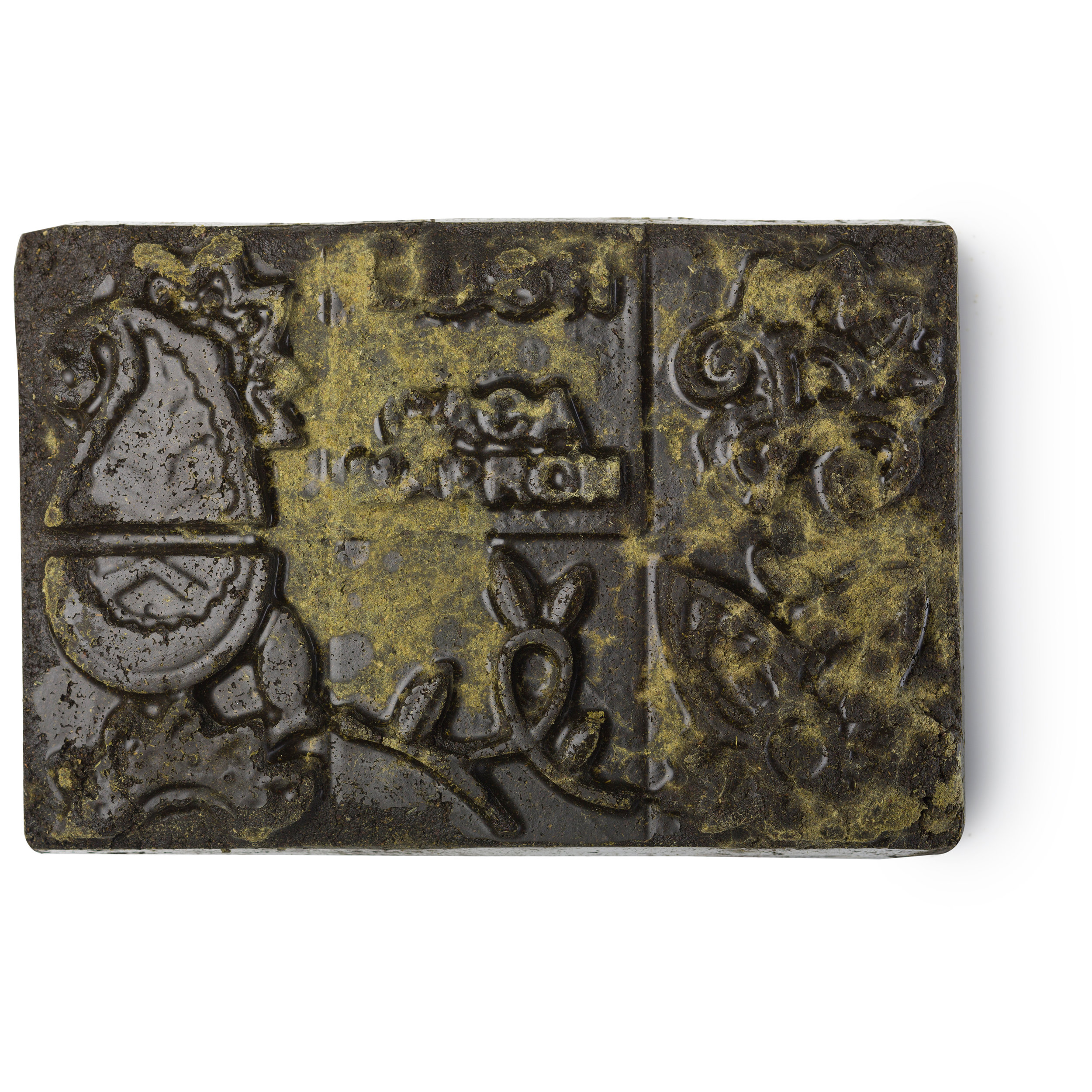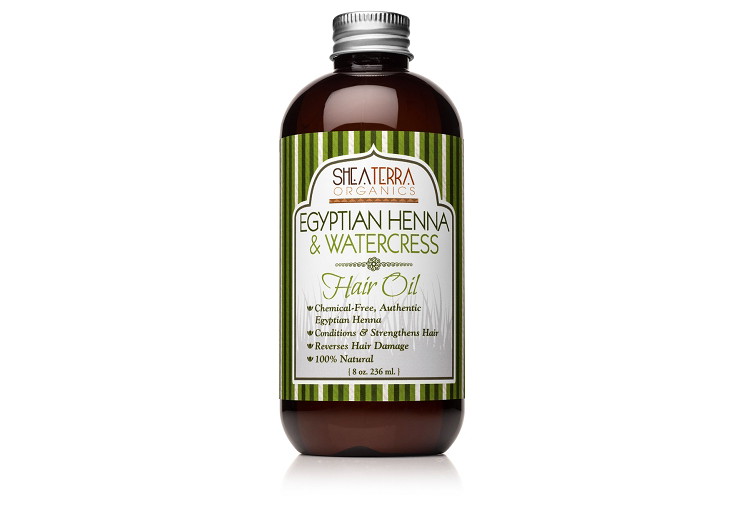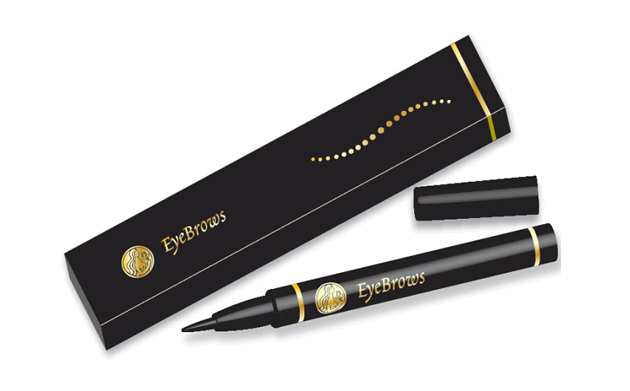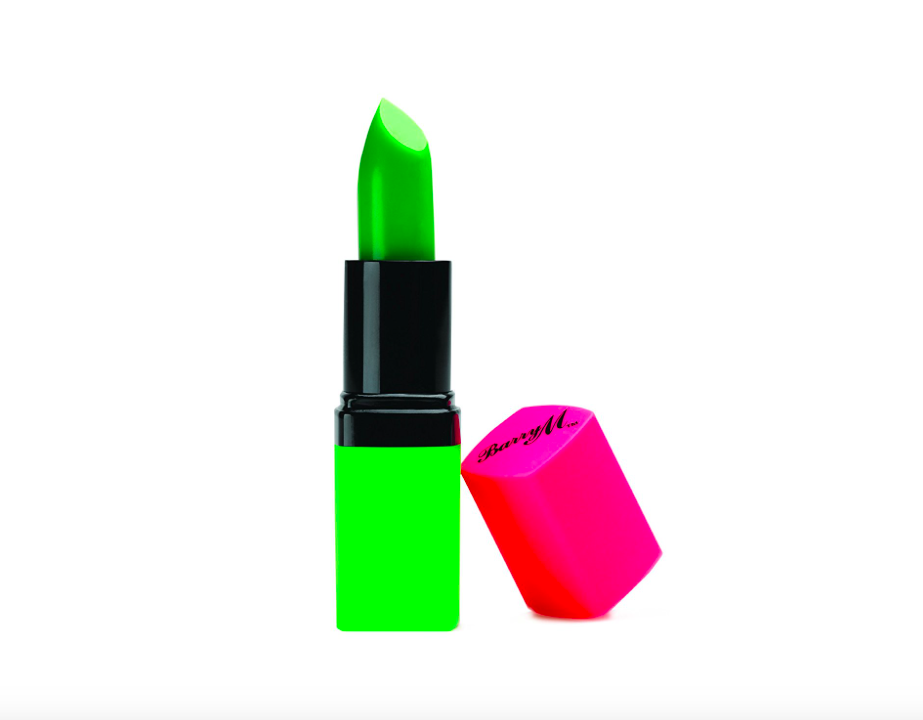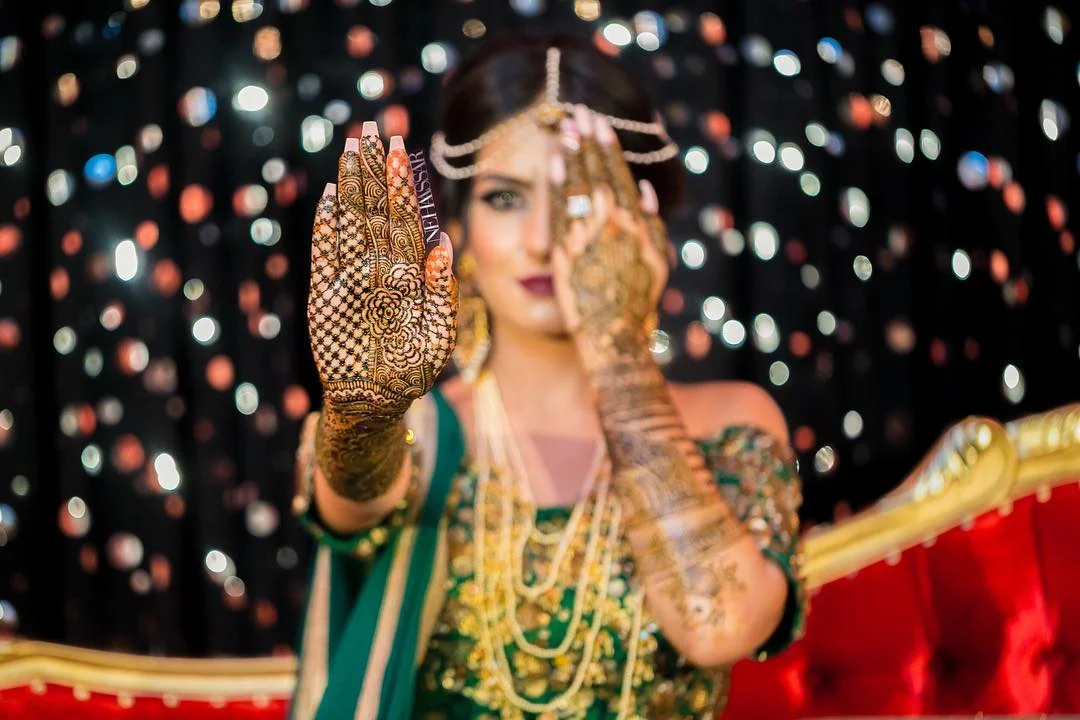5 Surprising Uses for Henna
Re-imagining the meaning of body art.
Photo: DSA Photography Services via instagram.com/nehaassar
Whether up-close or scrolling through your Instagram feed during festival season, nearly everyone has marveled over the majesty of hand-drawn henna designs at one point or another. But what exactly is henna, and where does the tradition of creating intricate artwork with it come from? Let us explain.
Henna is a rich, reddish-brown dye that is naturally derived from the Lawsonia inermis plant (more commonly known as the henna tree), and has been used for centuries in a variety of cultures in India, Africa, South Asia, the Middle East, and more. The temporary stain is not only used for body art, also known as mehndi, but in some cultures is applied as a natural hair dye or nail stain as well.
Originally, the use of henna was purely medicinal In oil form, henna can be applied to the forehead as a headache-reliever, and can be consumed as a liver-detoxifier. Because of a natural cooling effect, it's been said that desert-dwellers apply a henna paste to the soles of their feet and palms of their hands to keep their bodies cool. It wasn't until later that the stain was reinvented for beauty purposes. In many countries, the poor used henna to decorate their bodies because they could not afford jewelry. Eventually, the rich would go on to adopt the trend as well. Henna is now a symbolic staple in Hindu weddings, holidays, and several other celebrations. (A wave of mothers-to-be have even adorned their bellies with the artwork after Beyoncé's recent maternity shoot took the Internet by storm.)
Today, henna is also used in various beauty products, including hair dyes, eyebrow stains, oils, and more for its staining and conditioning properties. Check out the products below to try an unexpected use of the age-old ingredient.
